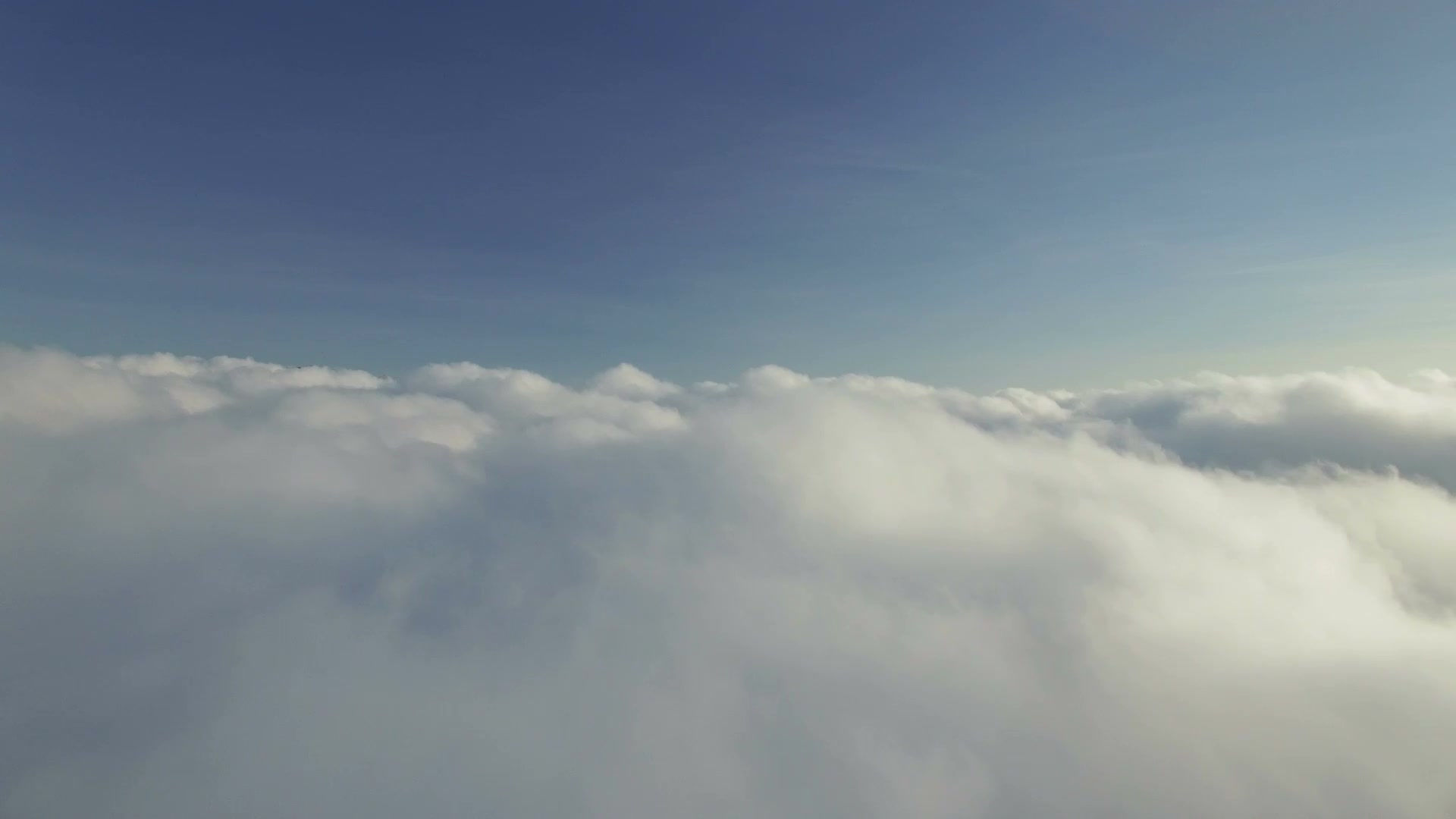Peel and Stick Tile on Textured Walls: Can It Work?
- Joseph Danial
- Mar 14
- 3 min read
Peel and stick tiles have become a popular choice for DIY home improvement projects due to their affordability, ease of installation, and stylish designs. However, if you have textured walls, you might be wondering whether peel and stick tile on textured walls is a viable option. The good news is that it can work, but there are important factors to consider to ensure a smooth and long-lasting application.
In this article, we’ll discuss the challenges of installing peel and stick tiles on textured surfaces, solutions to improve adhesion, and step-by-step installation tips.
Challenges of Installing Peel and Stick Tile on Textured Walls
Textured walls can make it difficult for peel and stick tiles to adhere properly. Here are some common issues you may encounter:
Uneven Surface – Peel and stick tiles adhere best to flat, smooth surfaces. Texture can create air gaps, causing the tiles to lift or peel over time.
Weak Adhesion – The adhesive backing may not bond well to rough or bumpy textures, leading to tiles falling off.
Visible Imperfections – Texture can show through thin or flexible tiles, making the final look uneven or bumpy.
Solutions for Installing Peel and Stick Tile on Textured Walls
While textured walls pose some challenges, there are several ways to make peel and stick tile on textured walls work effectively:
1. Sanding the Wall
If the texture is minor, lightly sanding the surface can help smooth it out, allowing for better tile adhesion. Use fine-grit sandpaper and wipe away dust before installing the tiles.
2. Applying a Smooth Backer Board
For heavily textured walls, consider attaching a smooth, thin backer board (such as plywood or drywall panels) to create a flat surface for the tiles. This method ensures a strong and even bond.
3. Using a Primer or Adhesive Enhancer
Applying a primer or additional adhesive can help improve the stickiness of the tiles. Look for a strong bonding primer designed for textured walls.
4. Sealing the Gaps with Caulk
If minor gaps appear after installation, sealing the edges with clear caulk can help keep moisture and dirt from loosening the tiles.
Best Types of Peel and Stick Tile for Textured Walls
Not all peel and stick tiles are suitable for textured walls. Here are some of the best options:
Thicker Vinyl Tiles – These provide better coverage and are more forgiving on uneven surfaces.
Gel or 3D Mosaic Tiles – Their flexibility helps them conform to slight textures better than rigid tiles.
Metal or Stone-Look Tiles – These often have stronger adhesives, making them ideal for difficult surfaces.
Step-by-Step Guide to Installing Peel and Stick Tile on Textured Walls
Step 1: Clean the Wall
Remove dust, grease, and dirt from the wall using a mild detergent. Dry thoroughly before proceeding.
Step 2: Smooth the Surface (If Needed)
If the texture is light, sanding may be enough. For deeper textures, consider a backer board or primer.
Step 3: Measure and Plan the Layout
Plan your tile placement to minimize cuts and ensure a symmetrical design.
Step 4: Peel and Apply the Tiles
Start from one corner and press each tile firmly onto the wall. Use a rolling pin or wallpaper smoother to eliminate air gaps.
Step 5: Seal the Edges
For extra durability, apply a thin line of clear caulk around the edges and seams to prevent lifting.
Final Thoughts
Installing peel and stick tile on textured walls requires some preparation, but it’s definitely possible with the right approach. By smoothing the surface, using the right tiles, and reinforcing adhesion, you can achieve a beautiful and long-lasting result. Whether you're upgrading your kitchen, bathroom, or any other space, peel and stick tiles offer a simple and stylish solution—even on textured walls!

Comments